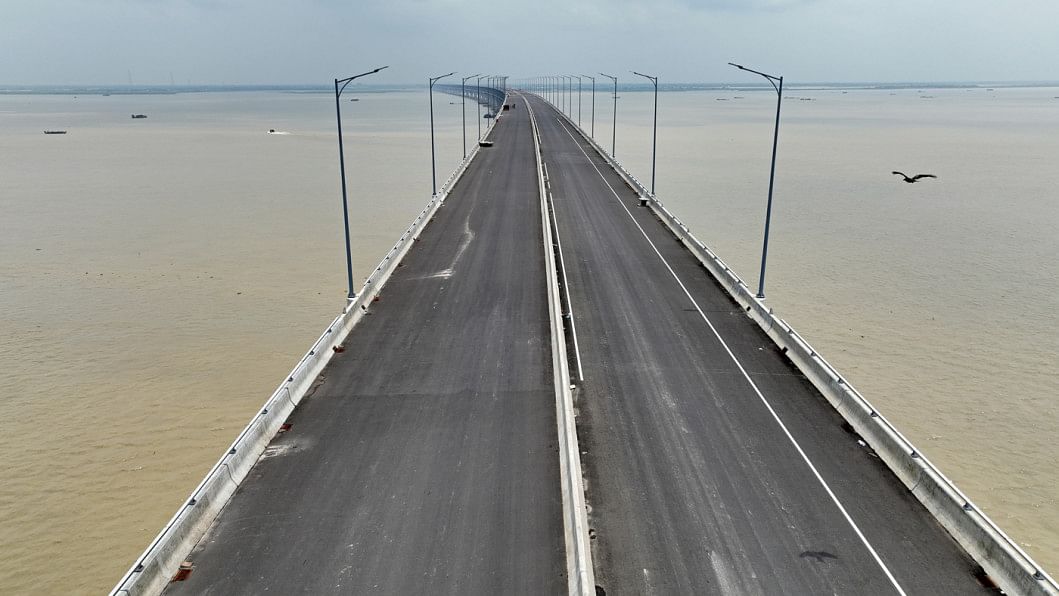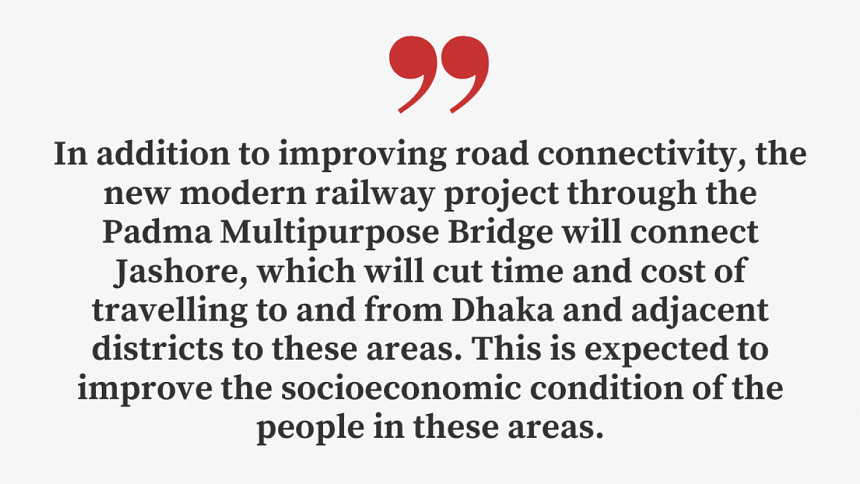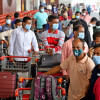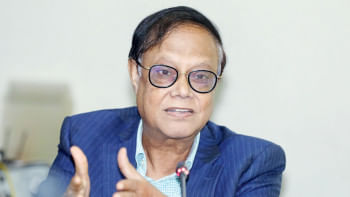How to better connect Padma Bridge with south, southwestern Bangladesh

Anticipating the increased volume of traffic following the opening of Padma Multipurpose Bridge on June 25 this year, the construction of Dhaka-Mawa-Bhanga Expressway was a smart decision in road connectivity. The 55km expressway facilitates transportation between the capital city and the south and southwestern districts of Bangladesh. During the first two months of its opening, 19,459 vehicles on average used the Padma Bridge every day. The bridge, built with local resources, is not a part of China's Belt and Road Initiative, and Bangladesh has the choice of expanding the existing roads or building new roads to effectively connect Barishal, Faridpur, Jashore, Khulna and adjacent districts to the bridge to facilitate expanded economic activities. The bridge is projected to raise the country's GDP by 1.23 percent, and the southwestern region's GDP by 2.5 percent. But it will not be automatic – if a proper road network is not put in place, economic activities will not be forthcoming to the extent expected.
Before Padma Bridge was constructed, transportation between Dhaka and Narayanganj and the south, southwestern and coastal districts of Bhola, Barguna, Barishal and Patuakhali used to be via waterways, which was time-consuming, taking 12-16 hours, and was uncomfortable. Investors usually decided against setting up large-scale industries and businesses in these districts, and therefore the area remained backward. Due to limited opportunities, migration from these districts to other parts of the country and even abroad remained higher than the rest of the country.
The locational advantage of bridges in riverine Bangladesh remains significant. In this regard, it is appropriate to mention the other bridge on the Padma River, Lalon Shah Bridge, situated between Ishwardi upazila of Pabna district in the east and Bheramara upazila of Kushtia district on the west. The bridge was opened to the public in May 2004. In the last 18 years, the improvement in transportation due to this bridge has resulted in a significant increase in economic activities in Pabna and Kushtia districts. However, the impact of this bridge on other districts south of the Padma has not been so discernible. This is mainly because these areas are not connected by road to the economically vibrant Dhaka city and its surrounding districts. Due to the fact that Dhaka's economy accounts for about 40 percent of our GDP, an efficient transportation network with the capital city means a lot for the growth potential of the rest of the country.
The Padma Bridge, only 40km away from Dhaka, offers a huge opportunity to 22 south and southeastern districts of Bangladesh. It offers road transportation to Mongla, the second largest sea port in Bangladesh. Another sea port, Payra in Patuakhali district, which can now be connected to Dhaka and other districts, will promote growth of business and international trade in the greater Rajshahi, Barishal and Khulna regions. It will become more cost-effective due to shorter distances for these regions to use Mongla and Payra sea ports when fully functional, instead of using Chattogram and the currently under-construction Matarbari deep sea port in Maheshkhali upazila of Cox's Bazar. It will be more cost-effective to use even the Mongla sea port from Dhaka than the Chattogram port, as Dhaka's distance to Mongla port is 170km, whereas the distance between Dhaka and Chattogram port is 264km.
In addition to improving road connectivity, the new modern railway project through the Padma Multipurpose Bridge will connect Jashore, which will cut time and cost of travelling to and from Dhaka and adjacent districts to these areas. This is expected to improve the socioeconomic condition of the people in these areas. It will be possible to travel to Jashore from Dhaka in only two and a half hours when the Padma Bridge railway link is operational. There is a good prospect of increased activities, i.e. fish trade, food processing, tourism, and trade of jute and other agricultural products, due to the reduced cost of doing business. The government is required to establish industrial zones, provide enough electricity, gas and other resources to encourage the establishment of garments, leather goods, cement, pharmaceuticals and textile industries, which would open up employment opportunities for millions and help reduce poverty.

The traffic pressure has significantly increased from Bhanga to Barishal, Faridpur, Patuakhali and Khulna areas since the opening of Padma Bridge. There are proposals to widen the roads into four-lane highways from Bhanga to Barishal, Patuakhali and Faridpur districts. In this respect, a proper feasibility study is warranted and projected traffic volume needs to be calculated at each city entrance and exit points. If bypass roads are the best options, then those should be considered in order to divert traffic out of the city boundaries. The proposed four-lane highway should be connected to the bypass roads instead of passing through the cities. For example, in Barishal, the bypass could be constructed between Gariar Par and Dapdapia Bridge.
The other vital consideration should be stopping the cutting of grown trees on both sides of the existing roads from Bhanga to Barishal up to Patuakhali, and Bhanga to Faridpur up to Rajbari. If the existing roads are widened, then hundreds or thousands of trees on both sides of the roads will need to be cleared off, which will be an environmental disaster. It is, therefore, recommended that new highways be built by acquiring land on one side of the roads and preserving all the trees. The existing roads, which are only 24-foot wide, should be improved and reserved for slow-moving vehicles in the future.
Dr Nawshad Ahmed, an ex-UN official, is an economist and urban planner.

 For all latest news, follow The Daily Star's Google News channel.
For all latest news, follow The Daily Star's Google News channel. 





Comments